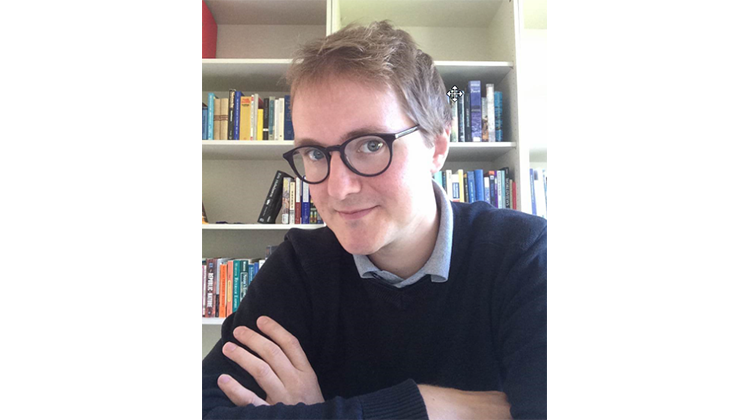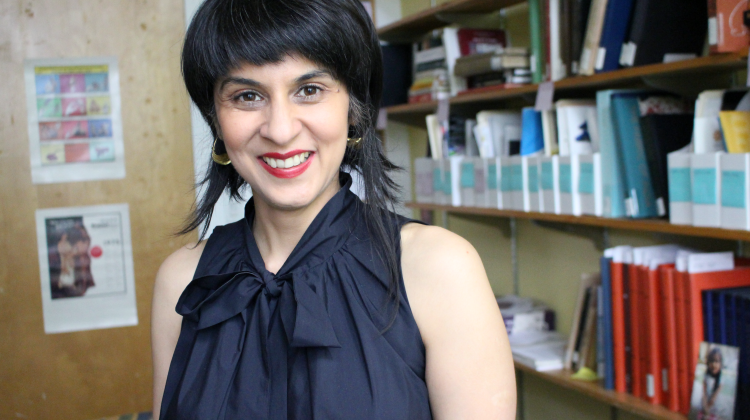4.647
Technopolitics, Culture, Intervention
Examines the manner in which key theories of technology have influenced architectural and art production in terms of their "humanizing" claims. Students test theories of technology on the grounds of whether technology is good or bad for humans.
T.A.
Fall
2024
3-0-6
G
3-0-9
G
Schedule
T 9-12
Location
1-136
Required Of
MArch (required elective)
Enrollment
Limited to 15
Preference Given To
MArch
Can Be Repeated for Credit
No




